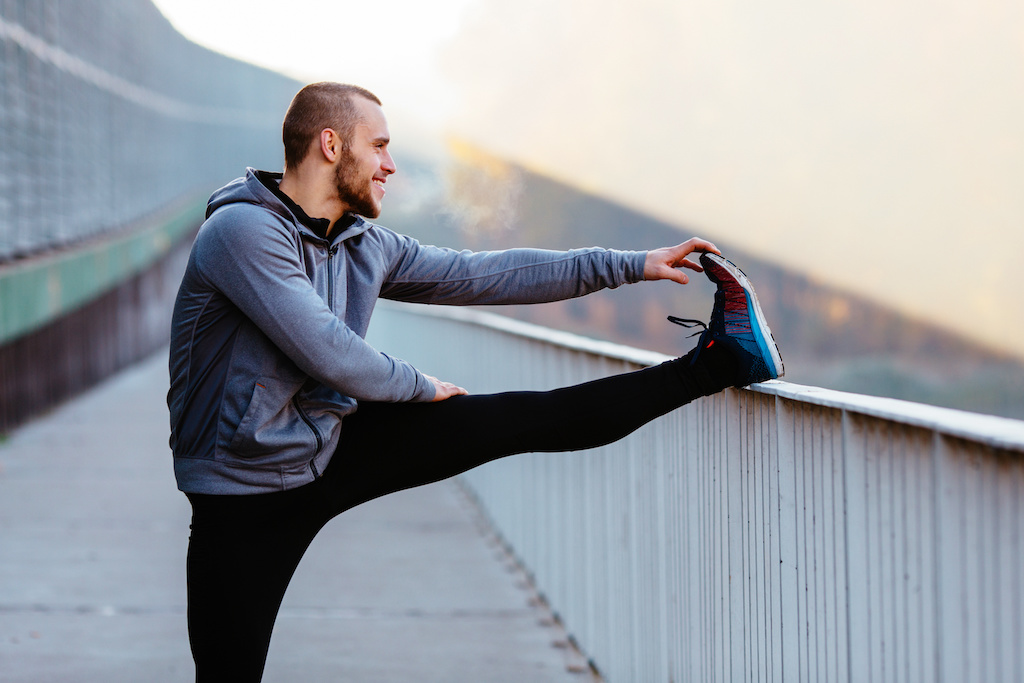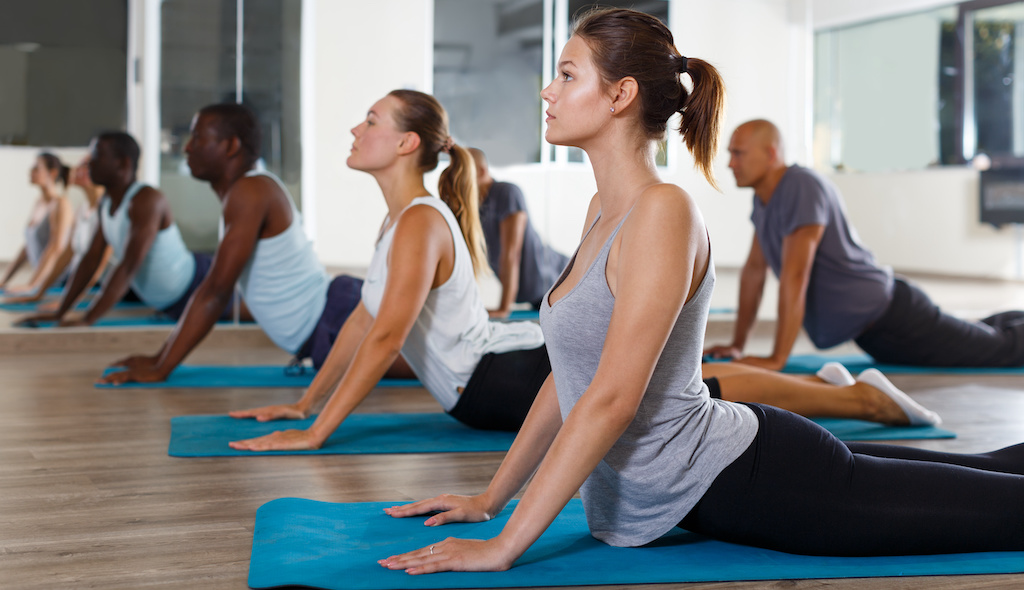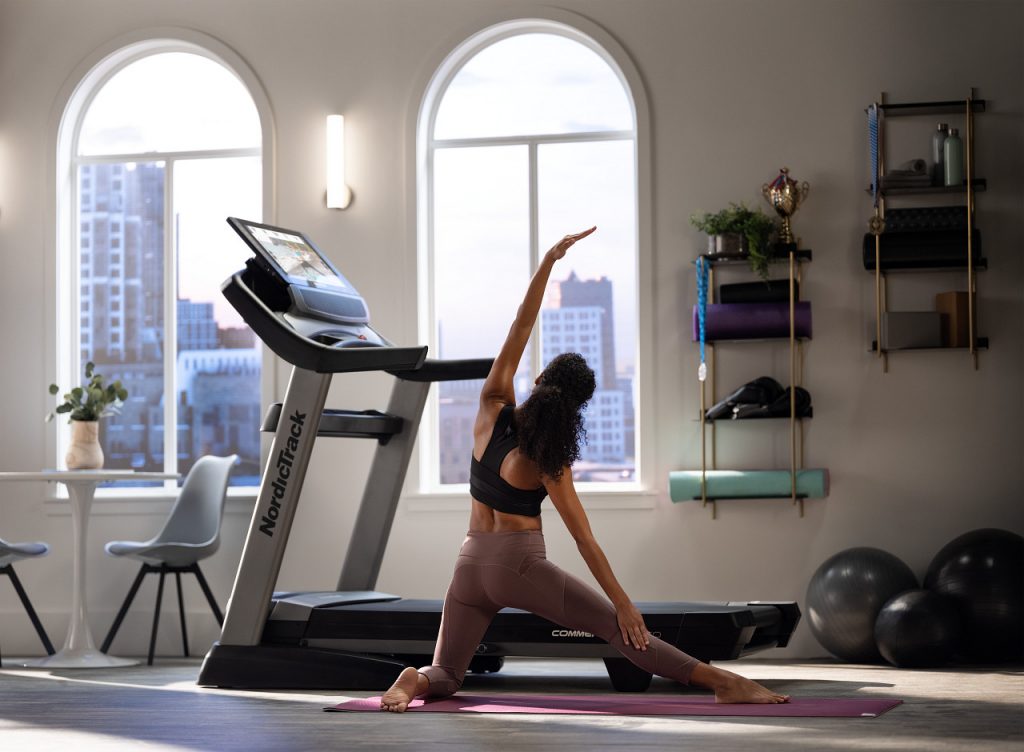By becoming more flexible, you improve your health and give yourself a better chance of staying injury-free and improving your performance. With a mini routine of only 5 minutes a day to integrate into your training, become more flexible in a few weeks and for a long time!
Flexibility: The Key to Better Performance

Increasing flexibility is often overlooked when aiming to achieve better physical performance. However, being more flexible offers many advantages, both in everyday life and in improving the precision and amplitude of one’s movements:
- Being flexible allows you to increase your mobility and become more comfortable, which is useful for making a precise throw, avoiding injuries or managing to link more movements together, for example, by controlling your effort.
- Flexibility affects the quality of postures adopted in daily life: it helps limit back pain and prevent joint deterioration.
- By increasing the flexibility of their joints, athletes have more range of motion and mobilise their muscles more effectively.
How to Become More Flexible

One fitness discipline is dedicated explicitly to flexibility: stretching. By combining different stretching and relaxation exercises, you’ll quickly increase your flexibility. The 4 main types of stretching are:
- Passive static stretching: this is the gentlest technique and the least likely to cause muscle damage. It involves using a different muscle group from the one targeted to achieve relaxation and flexibility. Using bodyweight or the surrounding environment (wall, chair, barrier, step, etc.), you can lengthen your muscle and stop the movement when it reaches a maximum range of motion. Remain in this position for a specific time before releasing.
- Static isometric stretching: if the stretching is still static (holding a position for a few seconds), the targeted muscle is contracted.
- Active static stretching of the CRAC type (Contracted-Relaxed-Contraction of the Antagonist Muscle): this technique consists of putting tension on the muscle group opposite the one targeted.
- Dynamic stretching (also called ballistic stretching): here, the stretching is done during movement by repeating a gesture several times until the joint’s maximum range of motion is reached. This method should be used with caution as it is more explosive.
Your Routine: 5 Minutes a Day to Become More Flexible

By incorporating a sequence of 5 simple stretches into your daily routine, you will quickly see results:
- Start by stretching the whole body, raising your arms above your head and standing on your tiptoes, focusing on a point at eye level far in front of you. Hold for a few seconds when you feel the whole body being stretched. If you stretch as soon as you wake up, which is a great habit, you can do it the same way lying on your bed. Breathe deeply throughout the exercise.
- To stretch the transverse abdominal muscles and improve core mobility, stand with your arms and legs apart in a star shape. Turn one foot outward and leave the other foot straight. On the side where you moved your foot, bend your torso sideways until you can touch your knees, shin or ankle, without tipping forward. Change the position of your feet to perform the movement on the other side.
- Sitting on the floor with your legs stretched out in front of you, try to reach your feet with your hands to stretch and loosen the entire posterior chain (cervical and back muscles, lumbar muscles, hamstrings and calves).
- CRAC hamstring stretch: without sitting down, place one knee on the floor and then extend the other leg in front of you so that you are resting on the heel with the tip of your foot in the air. Keep the tension on the back of the thighs for 5 seconds, release for 3 seconds, then repeat the movement by contracting the quadriceps (located at the front of the thighs). Stay in this position, with the antagonist muscle contracted, for 30 seconds.
- To make your back more flexible, squat down with your heels on the ground, place your hands flat in front of you, and gradually straighten your legs (keeping your back rolled up). With your arms relaxed, roll your back out very slowly until you are fully upright. Then place your hands behind your neck and lower yourself back down to your original position. Do this several times per session.
Check out our Health & Fitness page for more advice.
